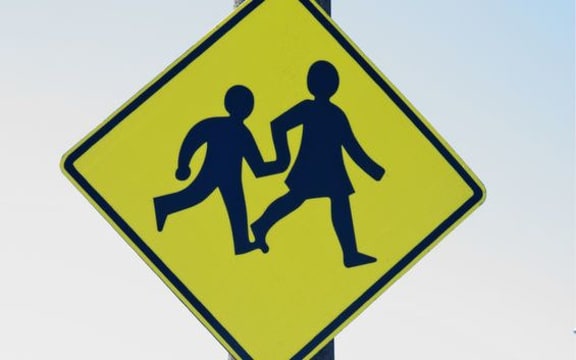Teachers and principals say there are times they need to restrain out of control children and they need clearer guidance on the limits of their powers.

Photo: 123RF
The Education Ministry is creating guidelines for teachers after parents complained about the treatment of their 13-year-old son at a special school last year.
The Principals' Federation and the Post Primary Teachers' Association say guidelines are needed because some teachers might not know how to safely and legally restrain children.
The ministry's head of sector enablement and support, Katrina Casey, said its action followed an independent review of a complaint laid with the ministry last year.
"The complaint we received in December 2014 was about an incident at a special school the previous month, in which a boy, then aged 13, was put in a time out room for a short period of time as a result of some challenging behaviour," she said.
"The parents complained to the school shortly after the incident and came to us as a result of dissatisfaction with the way the school had responded to their complaint. We commissioned an independent report into the handling of their complaint.
"The report found that the board fell short of their obligations in investigating the parents' complaint, and that the safe room was inadequate."
Ms Casey said the safe room had since been closed. She said the ministry was not aware of significant problems with the way schools restrained children or put them in time out, but it was timely to look at the situation.
The ministry has told secondary principals the case "highlighted the poor practice that may be occurring".
Principals' Federation spokesperson Philip Harding said some schools had to use restraint or time out more than others.
"There are schools right across the country who face this on a daily basis. There are children who become highly deregulated and upset, and at that stage schools tend to do the obvious thing and perhaps lay hands on a child and get themselves into the sort of bother that perhaps has brought this review into place," Mr Harding said.
"It's long overdue time for the ministry to take the sort of lead that they're taking here, and provide schools with a training resource where schools can ensure that they've got one or two people who've been trained in safe restraint, which is a strategy that we would expect to see used infrequently.
"Obviously, from time to time, to keep children safe from themselves and to keep staff safe and other children safe, it is necessary occasionally to practice safe constraint. I would say that the vast majority of teachers have no idea what that would look like."
President of the Post Primary Teachers' Association Angela Roberts said she did not know how often teachers got it wrong but they sometimes had to intervene.
"You have fights in the playground, you have kids who pick up a piece of furniture in their classroom. It isn't uncommon for a teenager to need to be kept away from other people to keep people safe."
Ms Roberts said guidelines would be helpful, but teachers also need training on how to respond to angry children, and support from other professionals.
She said some teachers might not know exactly what they can and cannot do to restrain a student.
"I wouldn't be surprised if we had teachers who weren't really clear - it's not very clear, we don't get a lot of time in it in initial teacher education."
Secondary Principals Association president Sandy Pasley said most schools had good processes for restraining students or putting them in time out but it was always good to share best practice.
Groups representing children said clearer rules about putting children in time out and restraining them should not lead to greater use of the practices.
The children's law centre, Youth Law, said schools needed to respect young people's rights, so time-out and physical restraint should be last resorts.
Disability advocacy group the IHC said it hoped teachers would not use time out or restraint more frequently once the guidelines are finished.



